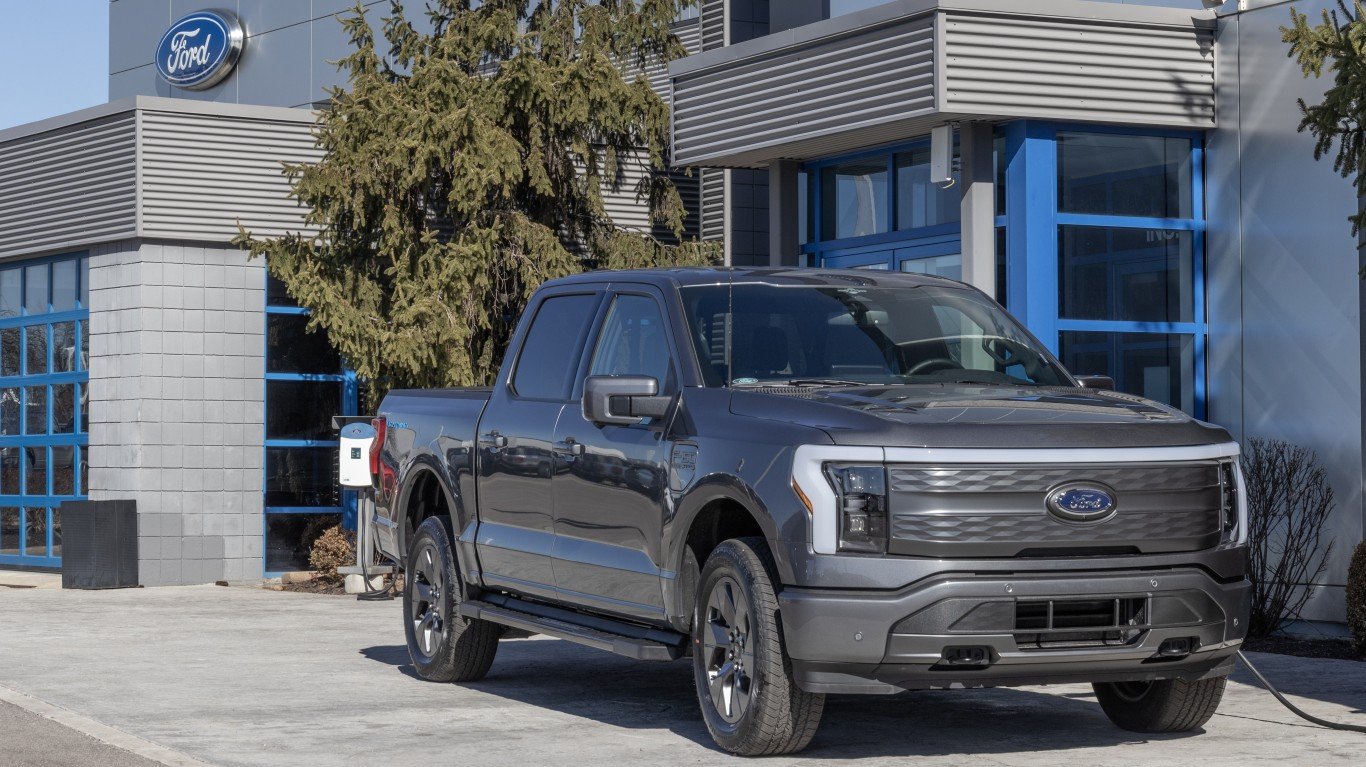Author: David Beren
Source
As the most popular pickup for the last 50 years, the Ford F-150 has quite a storied history. With the F-Series originally introduced in 1948, it has officially been around since 1975. Since its release, the F-150 has delivered time and time again for customers looking for a go-anywhere, do-anything pickup. With over 750,789 models sold in 2023 alone, the future of the F-150 looks bright.
However, none of this is to say the F-150 has always been perfect. On the contrary, the F-150 has also had its share of challenges. Everything from windows, engine, and transmission problems have made some model years of the F-150 worth forgetting. Thanks to sites like CarComplaints, FIXD, CoPilot, and VehicleHistory, we can easily decide which F-150 models are worth buying and which are worth forgetting.
Why We’re Covering This
Any discussion of the Ford F-150 is well worth covering considering how well it’s sold over the last 50 years. As the nation’s most popular pickup, there is a ton of interest in this vehicle, especially as its electric variant isn’t selling as well as hoped.
Given that Ford is a huge job creator and a staple American brand, how well Ford’s EV sells is one way of looking at the EV market as a whole. With the transition to the EV market greatly impacting car stocks, WallSt 24/7 is well-suited to cover this topic.
Avoid: 2004
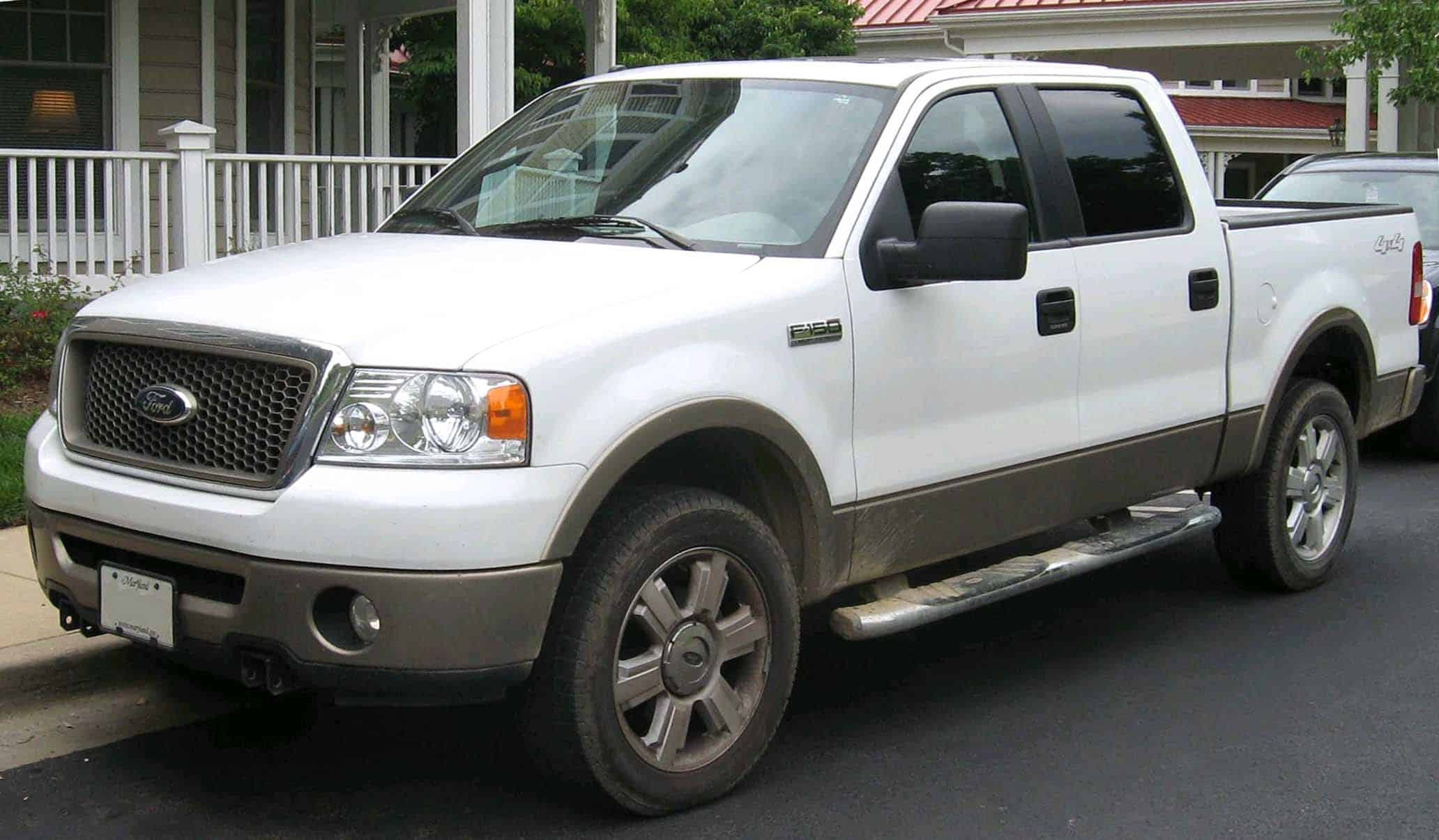
Objectively the worst year in the history of the F-150, 2004 received more NHTSA complaints than ever. According to CarComplaints, over 2,400 NHTSA (National Highway Transportation & Safety Administration) were received. The largest number of complaints focused on window issues, of which 847 complaints alone were received.
The focal point of the window issues highlighted a problem where windows on the F-150 would not roll up. An obvious issue for many reasons, to say F-150 owners were frustrated would be putting it mildly. When you also factor in a whopping 16 recalls for the 2004 model year, it shouldn’t come as any surprise this was a model well worth forgetting.
Avoid: 2005

Unfortunately for F-150 fans, 2005 wasn’t a much better year than 2004. There were still a total of 264 NHTSA complaints about window issues. Unfortunately, in 2005, a new issue also arose where the window would simply fall into the door. So, if you had an F-150 model the window wouldn’t roll up or the window fell into the door. This wasn’t quite the model year Ford had hoped for.
For the other 1,500 + NHTSA complaints, there were hundreds of mentions about engines and brakes. A ticking noise from the motor was problematic, as well as spark plugs breaking. Transmission failures also plagued the 2005 model with the transmission just failing altogether. If there was any highlight for 2005, the F-150 had 2 fewer recalls than 2004.
Avoid: 2010
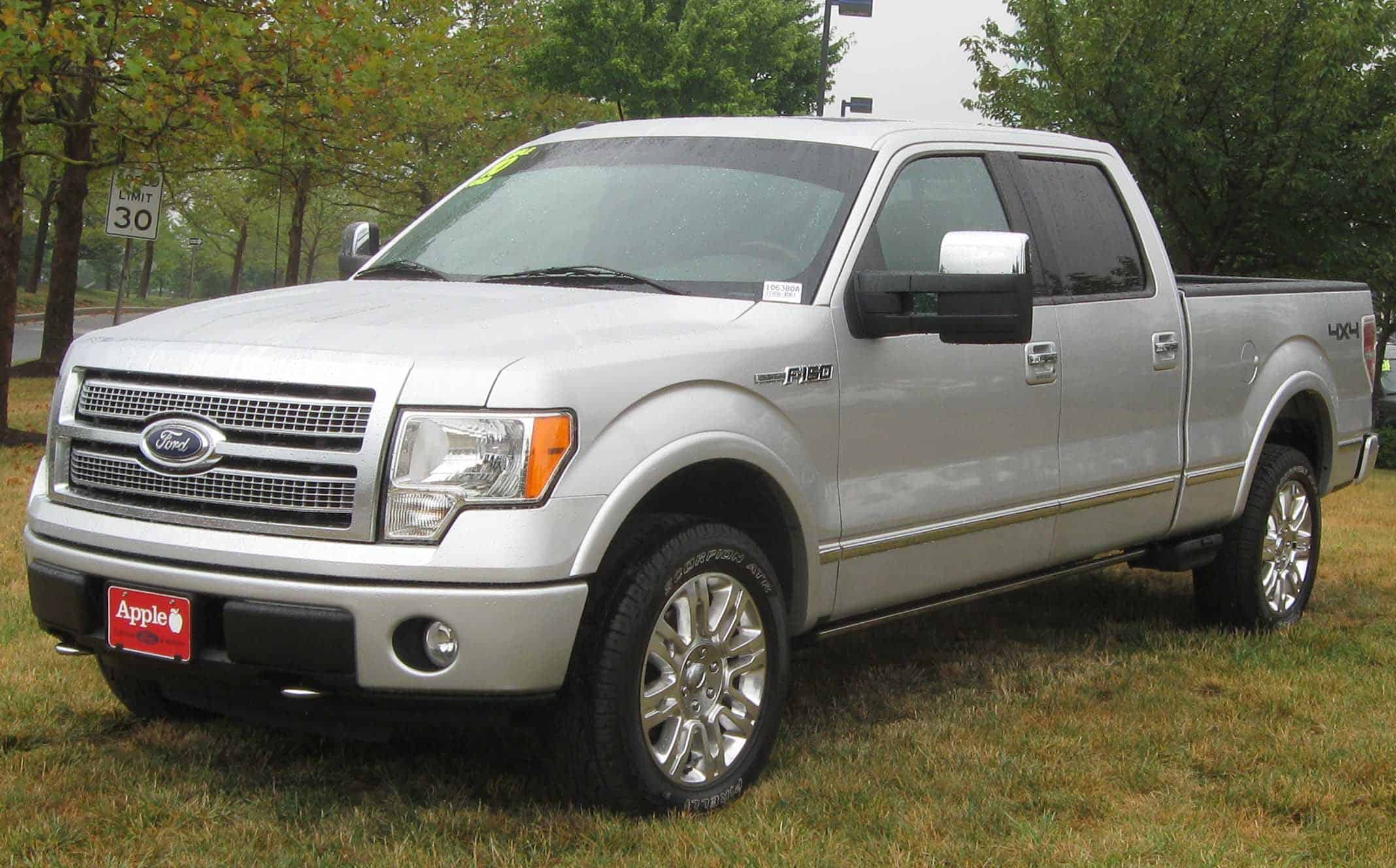
Between 2005 and 2009, things got a little better for Ford F-150 owners, at least until 2010. Between poor safety ratings, spark plug failures, and engine issues, the 2010 model was definitely in the “do not buy” category. The introduction of a new touchscreen display called “My Ford Touch Screen” also didn’t perform well.
The screen suffered from backup camera issues with no image appearing or not being able to connect your phone, so the launch just didn’t go well. While the 2011 model showed improvement, customers with the 2010 F-150 were stuck with this bad performance. This was on top of the other 1,000 plus NHTSA complaints focusing heavily on window and transmission issues.
Avoid: 2013

With over 2,800 NHTSA complaints, the 2013 Ford F-150 was up there as one of the worst models. A whopping 884 complaints alone were filed related to powertrain and transmission issues. Between random check engine lights, burning smells, and fluid leaks, 2013 wasn’t off to a good start. When you factor in brake issues, there was a continuous stream of issues in 2013.
On top of everything else, you have three recalls for the transmission, but these were not announced until 2019. Over 1.2 million models were impacted but it’s crazy to think that Ford waited so long to implement effective changes. When you also consider owner complaints about excessive vibration over 60 MPH, just avoid 2013 entirely.
Avoid: 2015
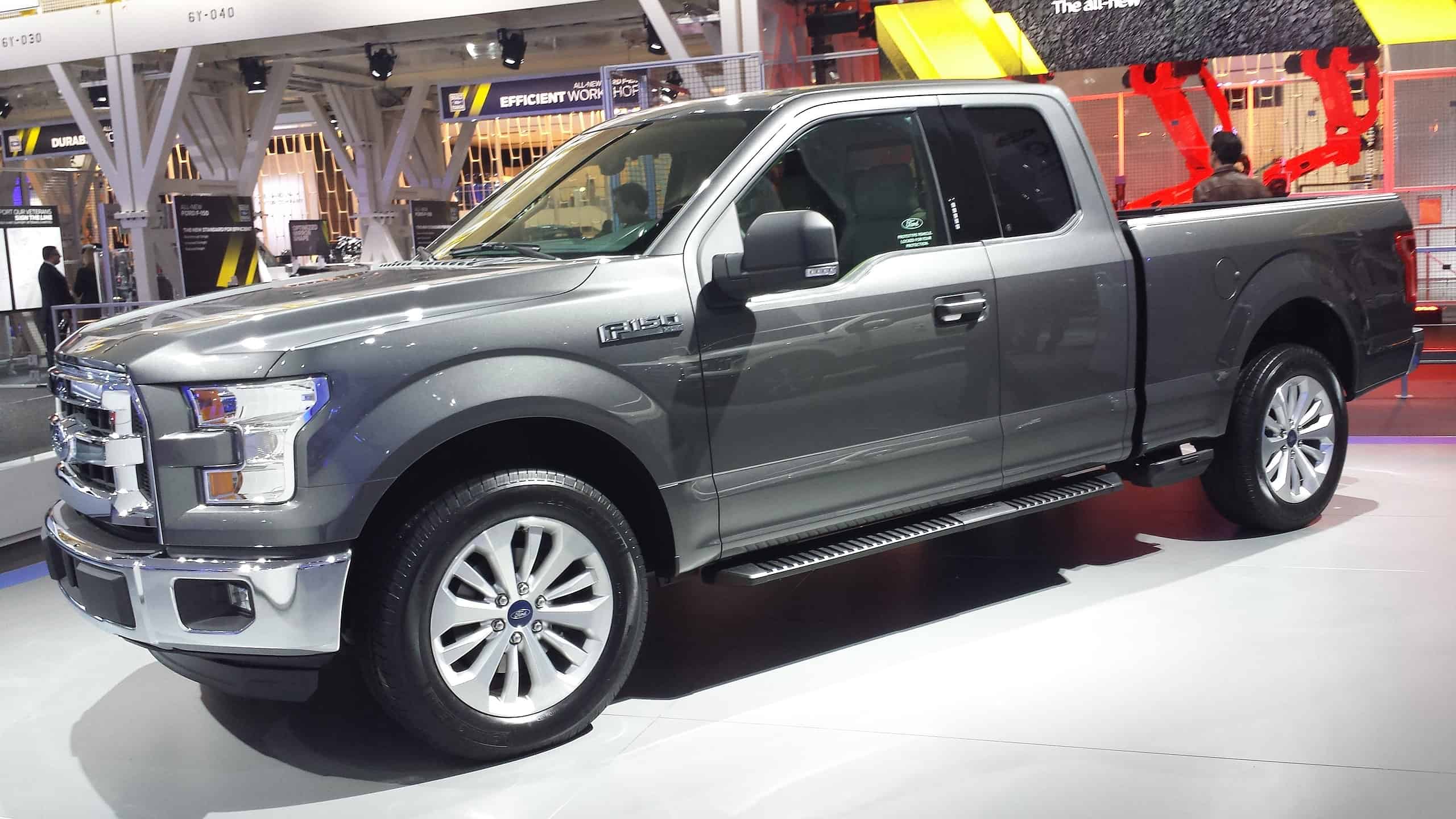
The good news was that 2015 was an improvement from two years prior, at least as far as total NHTSA complaint volume. With 1,500 plus NHTSA complaints, some of the existing problems seem to be reduced in total count. For example, transmission concerns were down significantly between 2013 and 2015. Unfortunately, a lack of transmission issues gave way to a whole new set of brake problems.
The biggest NHTSA flag in 2015 was related to brake failure, which was a major concern. As this was the first year of the 13th generation Ford F-150, growing pains were to be expected. However, the idea that the 2015 F-150 had 13 total recalls was a good sign you should avoid. Better yet, when you learn one of these recalls was because a door may open while driving, just skip 2015 at all costs.
Own: 2009
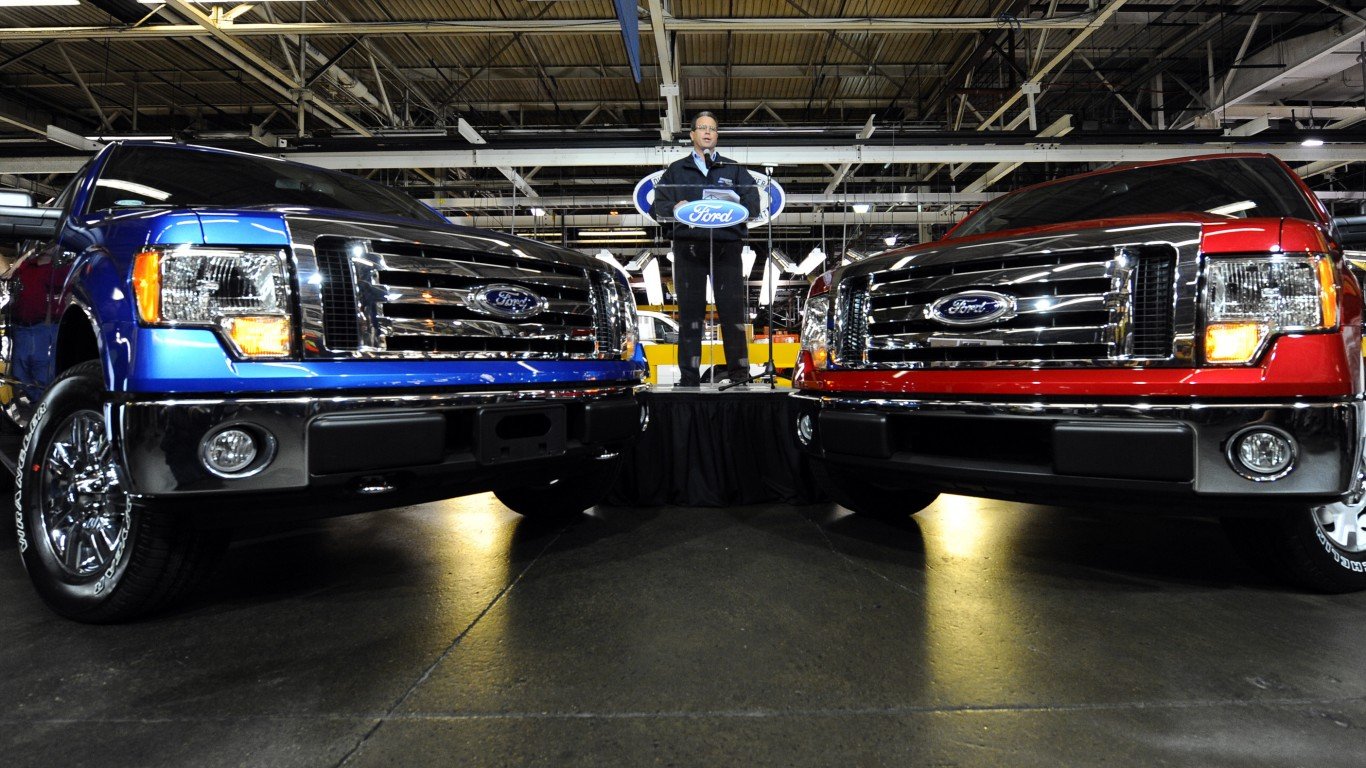
Surprisingly, the first-year model of the 12th-generation Ford F-150 isn’t worth skipping. With a hefty drop in NHTSA complaints to under 300 reports, there was a good level of promise for the 2009 model. Also notable is that this was the year Ford decided to get rid of its V6 option and went with two V8 powertrains.
As a result, customers were very satisfied. In addition, a new Platinum trim was introduced which added a more upscale interior and nicer leather seats. Consumer Reports also praised the 2009 model for its roomy and quiet interior as well as improved handling over the model year prior. As a bonus, J.D. Power also gave the 2009 model a strong recommendation for its great driving experience.
Own: 2018
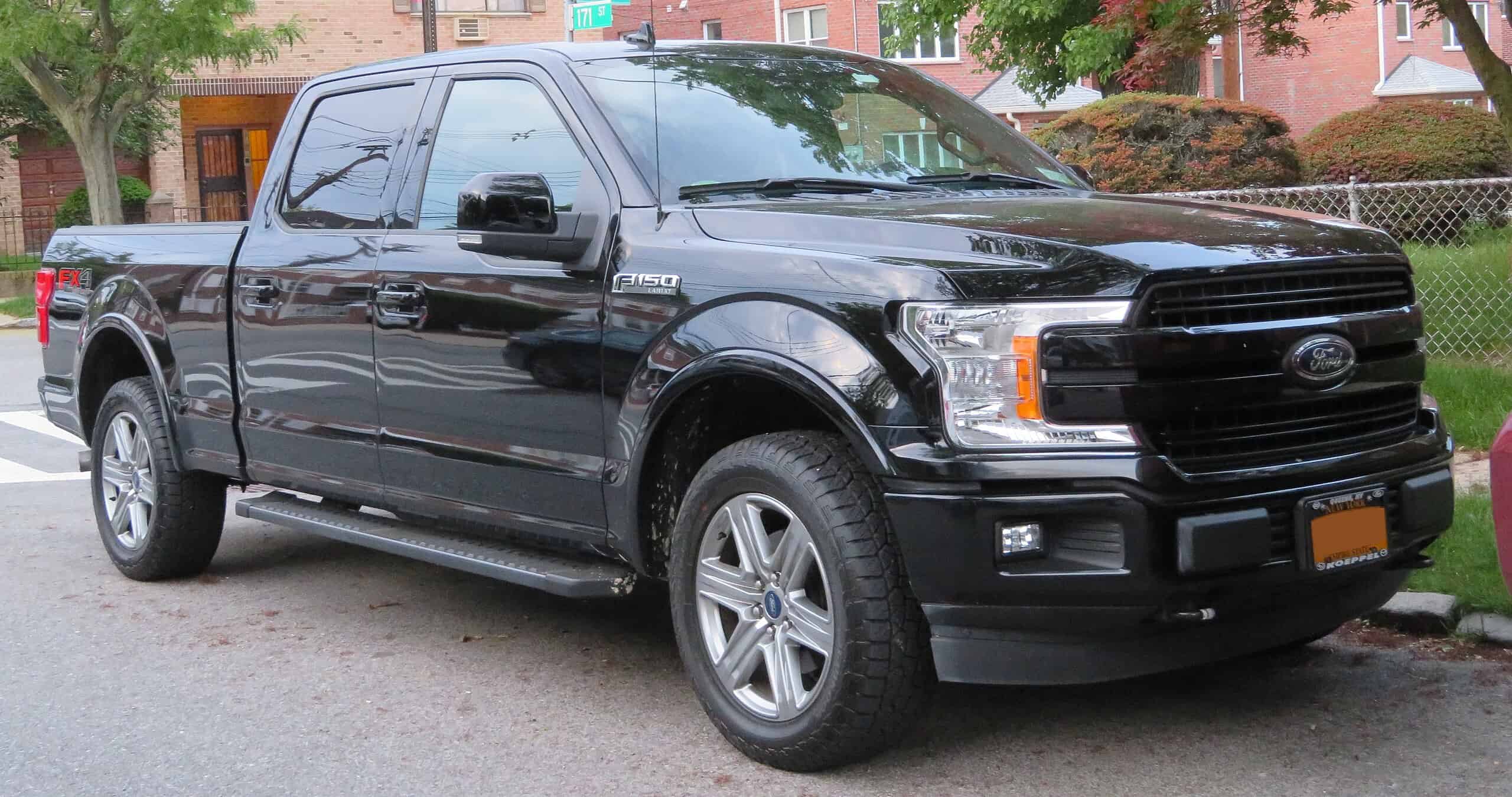
All things being equal, the 2018 model year was among the better models between 2009 and 2018. While NHTSA complaints still hit near 1,000, it’s on the lower end of these 10 years. Engine issues and body problems persisted, so you’d want to make sure these problems were fixed before purchase. Along with that, you still had 15 recalls to contend with, and again, would want to make sure these were handled before taking possession of the car.
However, NHTSA concerns aside, the 2018 Ford F-150 received strong ratings for its outstanding resale value. Plus, J.D. Power awarded it yet another high mark for driving experience. A mid-cycle redesign also occurred in 2018, which included the addition of a V6 option and a top safety rating awarded by IIHS. If you take care of the recalls, the 2018 model was well worth owning.
Own: 2019
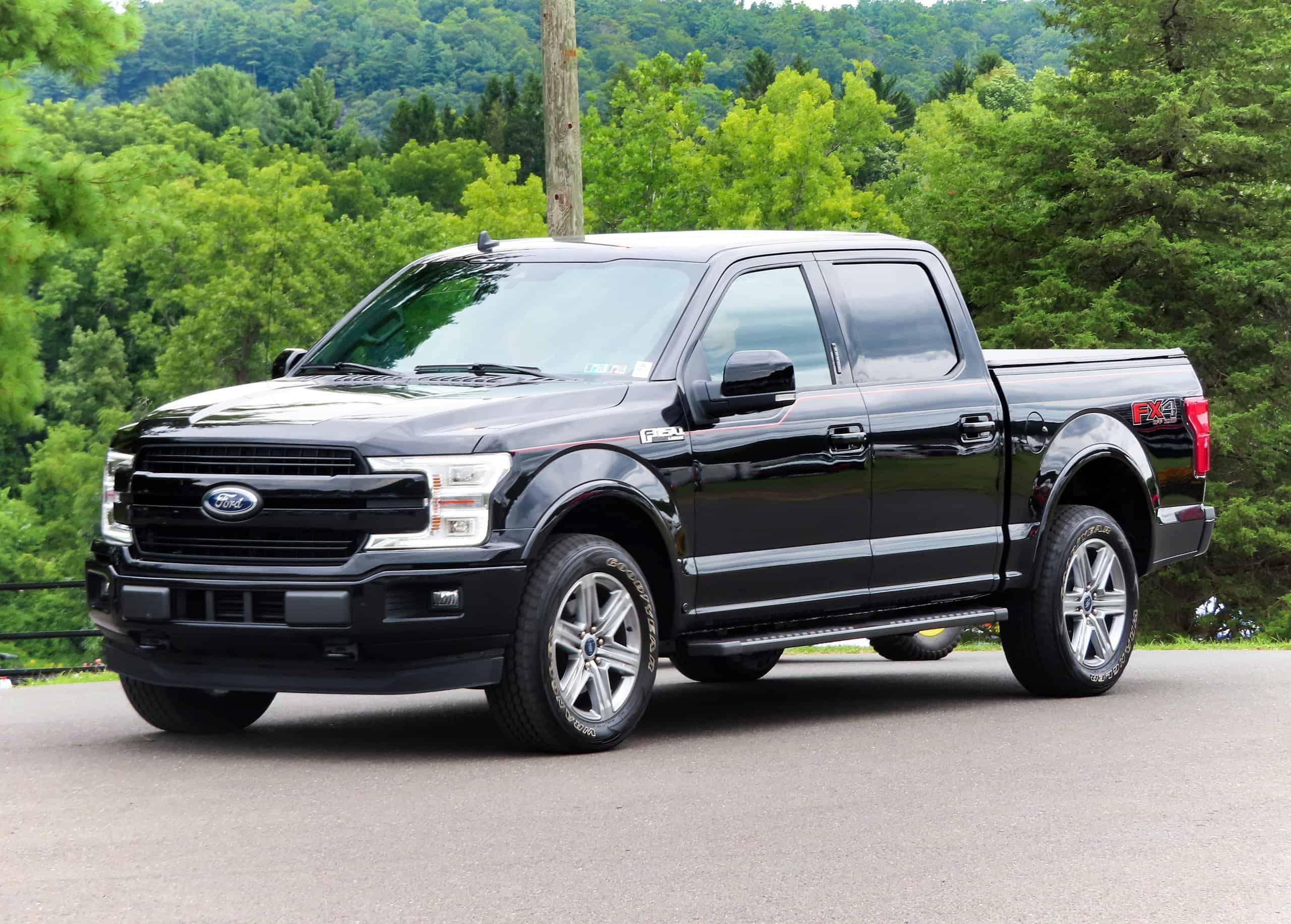
Moving into 2019, the Ford F-150 continues to impress with a dramatic improvement over 2018. So, you take an already good year and make it better, you get the 2019 Ford F-150 with only 6 recalls. A significant drop in NHTSA complaints also helps justify why the 2019 model got a lot of used vehicle love.
When you consider this year had a great reputation for engine reliability and strong fuel economy, you had to start nitpicking to find things not to like. J.D. Power also had a strong review by slapping a “Great” rating on the resale value and a similar score for the driving experience. As a bonus, the 2019 Ford F-150 had more towing capacity out of any pickup, which might be enough to win over any buyer on the fence.
Own: 2020

As one of the best model years for the Ford F-150, there was little reason not to look at this model year. NHTSA complaints dropped way down, below 300, and you had only 8 recalls listed. Added to the vehicle in 2020 was a 4G Wi-Fi hotspot as standard, which F-150 owners loved for being able to work on the road. As the last model year of the F-150’s 13th generation, Ford had improved the vehicle to the max of its ability.
Engine reliability scores were strong and NHTSA complaints related to the engine were low. This was a win-win for potential buyers as models reached the end of 36 or 48-month leases. Considering that 2020 had six different engine options, it’s hard to say no to this model year.
Own: 2021
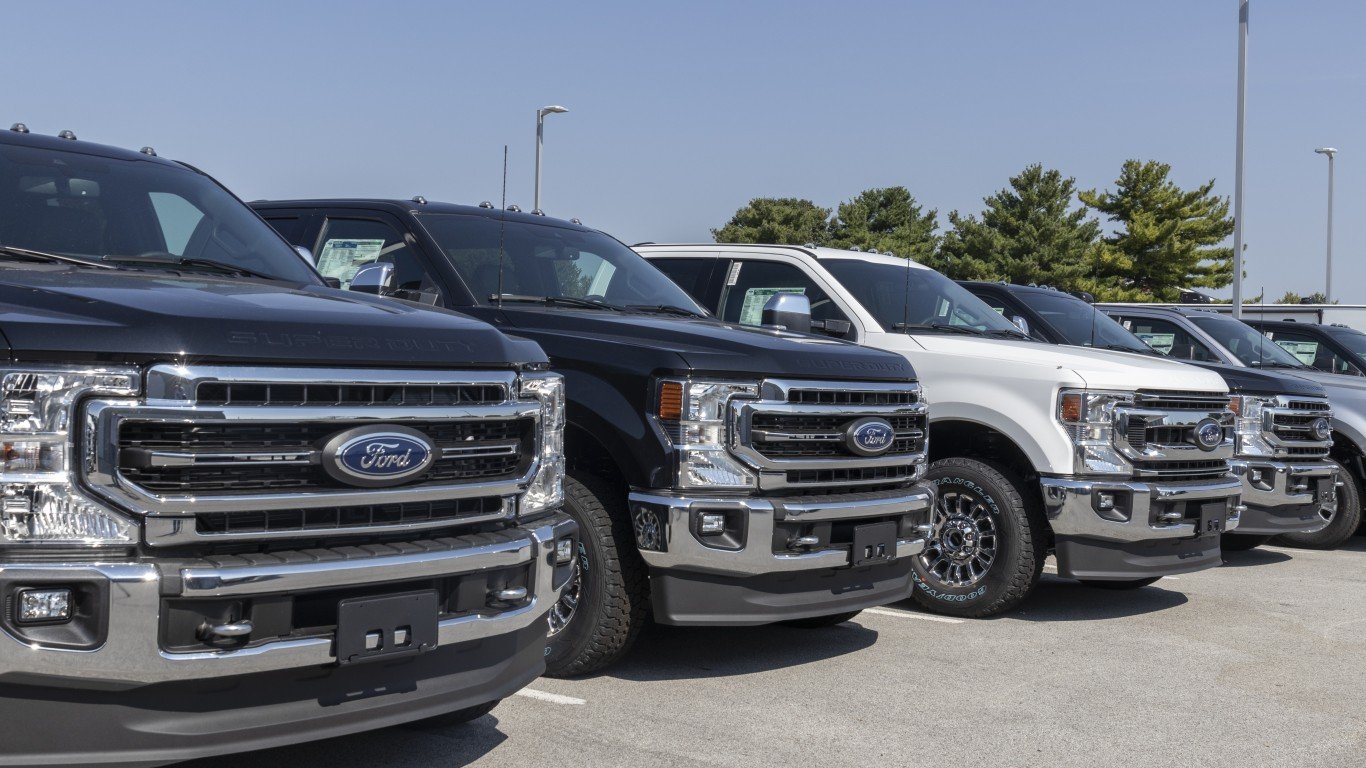
As part of the current generation of Ford F-150 models, 2021 was a really strong model year to consider. NHTSA complaints have bottomed out and were among the lowest this pickup had seen in 20 years. On top of that, J.D. Power gave the 2021 F-150 a big score of “Great” on its resale value, which was important as this model came up for purchase with 36-month leases expiring.
Engine reliability for the 2021 model was at a high though at 15 recalls, Ford was still working out some of the first model year bugs. Still, as these recalls were all covered under warranty, they were a pain but not a financial pitfall. This should only add to the idea that you can confidently pick up the 2021 model worry-free.
ALERT: Take This Retirement Quiz Now (Sponsored)
Take the quiz below to get matched with a financial advisor today.
Each advisor has been vetted by SmartAsset and is held to a fiduciary standard to act in your best interests.
Here’s how it works:
1. Answer SmartAsset advisor match quiz
2. Review your pre-screened matches at your leisure. Check out the advisors’ profiles.
3. Speak with advisors at no cost to you. Have an introductory call on the phone or introduction in person and choose whom to work with in the future
Take the retirement quiz right here.
The post 5 Worst Ford F-150 Years to Avoid and 5 Years to Own appeared first on 24/7 Wall St..
